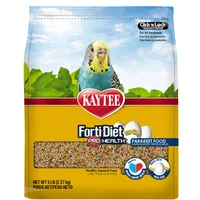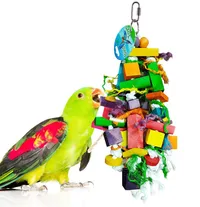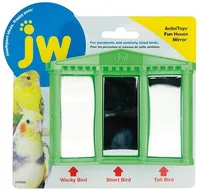20 brilliant pet bird tips
Thinking of adding a pet bird to your family? Read on for tips and advice on all aspects of our feathered friends
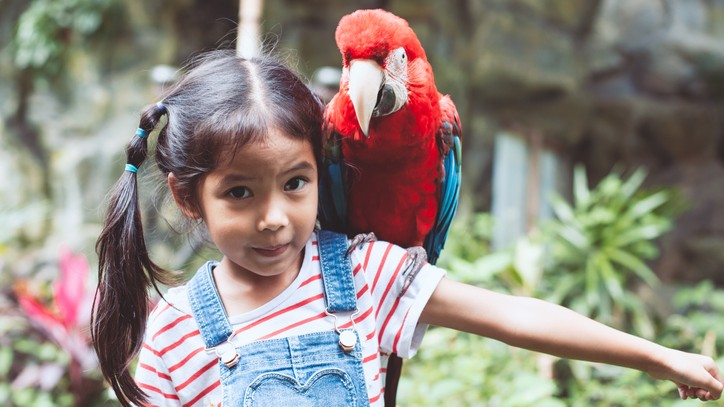
A pet bird can be a fun and rewarding addition to the family. They’re great-looking animals with bags of character who will definitely contribute to your home with some noisy and colorful activity. However, it’s important to know all the facts before you make an avian addition to your abode.
The good news is that we have compiled this huge list of brilliant bird tips that will help you understand your flapping friends a little bit better, no matter the type of pet bird you might have. These tips and facts will make both the bird's life and yours much happier and healthier in the long run and will help you lead a life together in perfect harmony. Here are 20 brilliant bird tips that we hope will have you squawking with glee.
1. Why parrots talk
Parrots have the ability to ‘talk’ thanks to their amazing vocal mimicry skills and the anatomy of their mouths and lungs. Although they aren’t actually ‘speaking’ to us in our own language, these birds can learn our vocalisations and repeat the huge range of noises and sounds they hear us humans make.
Parrot brains aren’t hard-wired to one particular vocalisation like songbirds are (for example, you’re able to recognise a black bird by its signature song), but they have the ability to make brand-new sounds. Scientists don’t know precisely why this is, but in the wild it’s thought that the ability could have something to do with reproductive fitness, communicating with mates and with distinguishing where other parrots come from. In addition to this vocal learning, parrots can make a wide array of sounds thanks to their flexible tongues. This ability means they can modulate the sounds produced from their vocal cords to mimic vowel sounds like we do. Parrots can even make two sounds at the same time and combine them, thanks to the anatomy of their lungs and windpipe.
2. Birds can live incredibly long lives
Depending on the species, pet birds can be extraordinarily long lived. Many people may not realise this when deciding to get a pet parrot, and this can be one of the main factors of birds being put up for adoption. In some cases they can even outlive their owners. African grey parrots can live for over 60 years! When you’re looking into getting a pet bird, ask yourself if you’re able to commit for that long. Adopting a bird is also an excellent option to consider.
3. Bird can be trained, but they won't be fully domesticated
Unlike cats and dogs that have evolved alongside humans and are domesticated species, not all birds are like this – especially the tropical species of bird. The feathery friend that you bring home will have the same wild instincts as its rainforest cousins, and so it’s your job to develop a relationship with your bird to get it used to life in your home. The best way to start training is to do a few minutes each day, with positive (tasty) rewards to reinforce good behaviour. It is possible to train your bird, so think positive!
Kaytee Egg-Cite! Forti-Diet Pro Health Parakeet Food, 5-lb bag |RRP: $15.99 | Now: $8.07 | Save: $7.67 at Chewy
Feed your parakeet a diet rich in protein from real egg crumbles with Kaytee Egg-Cite! Forti-Diet Pro Health Parakeet Bird Food.
4. Bird aren't just indoor pets
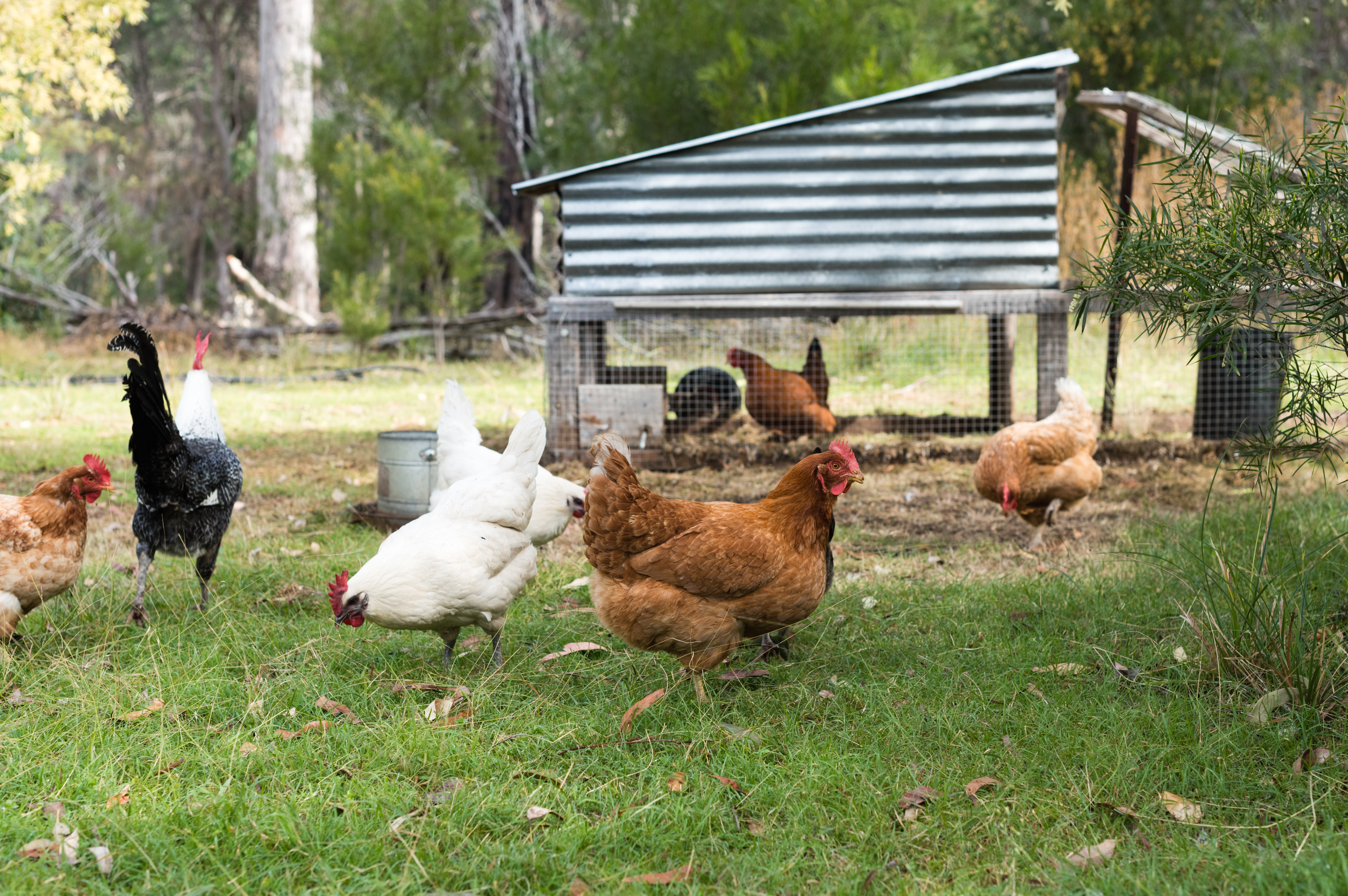
Bird ownership isn’t just about the glamorous plumage of parrots and cockatoos! You can also keep many kinds of other, more native feathered friends, like chickens, ducks and geese. These are more independent and primarily outdoor pets, but that doesn’t mean you can’t forge a bond with them. Chickens make great pets, and the fresh eggs are an added bonus!
Get the best advice, tips and top tech for your beloved Pets
5. You can let your pet bird fly - safely
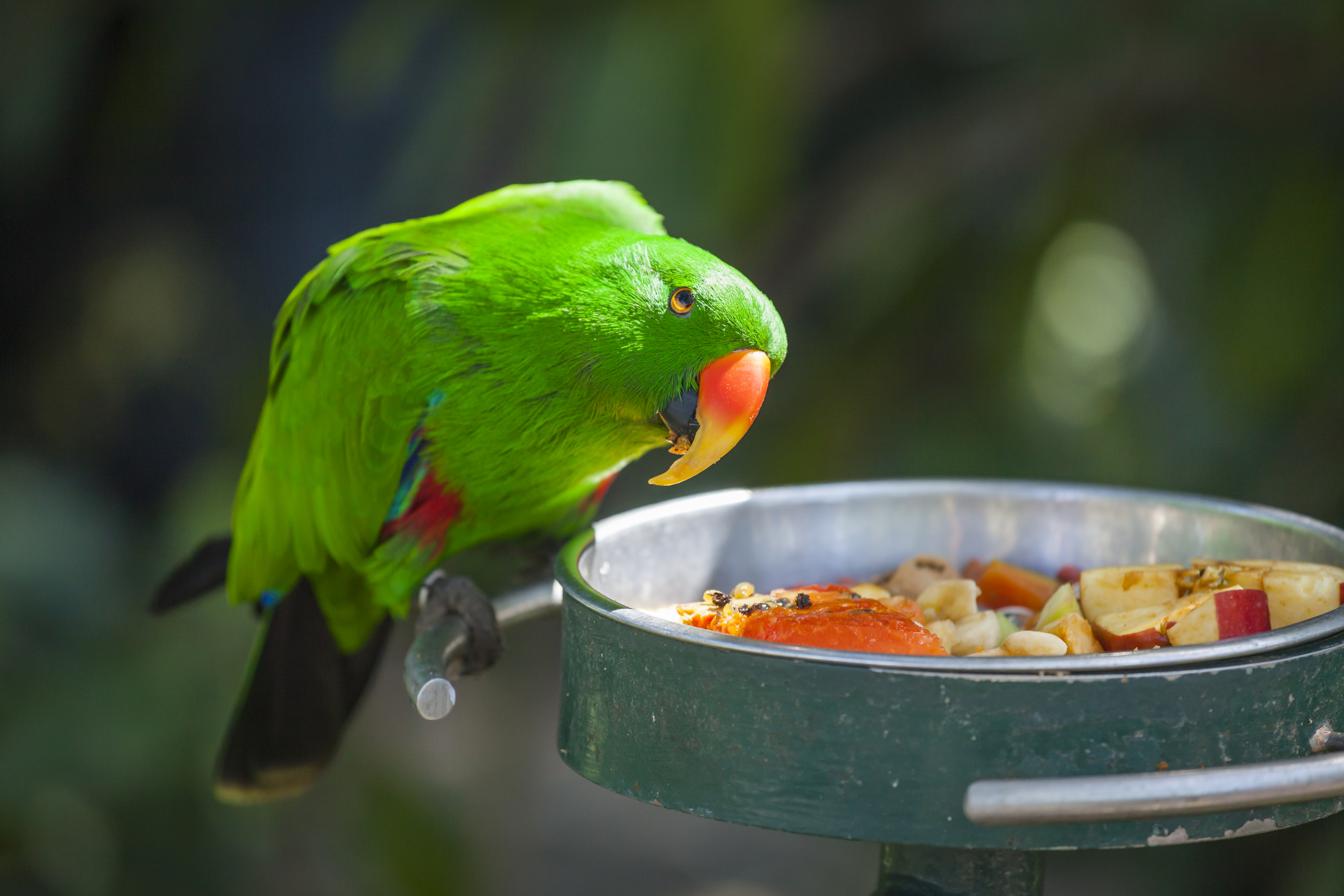
Flying is part and parcel of having a bird! They love to stretch their wings and it can be thrilling to have your bird buddy swooping around your home. If you let your bird fly free, make sure windows and doors are secure. Always keep an eye on your pet when it’s out of the cage. If they do fly away, place the cage near the place of escape (and fill with tasty treats) as this will represent safety and security and hopefully lure the bird back.
6. Bird diet facts
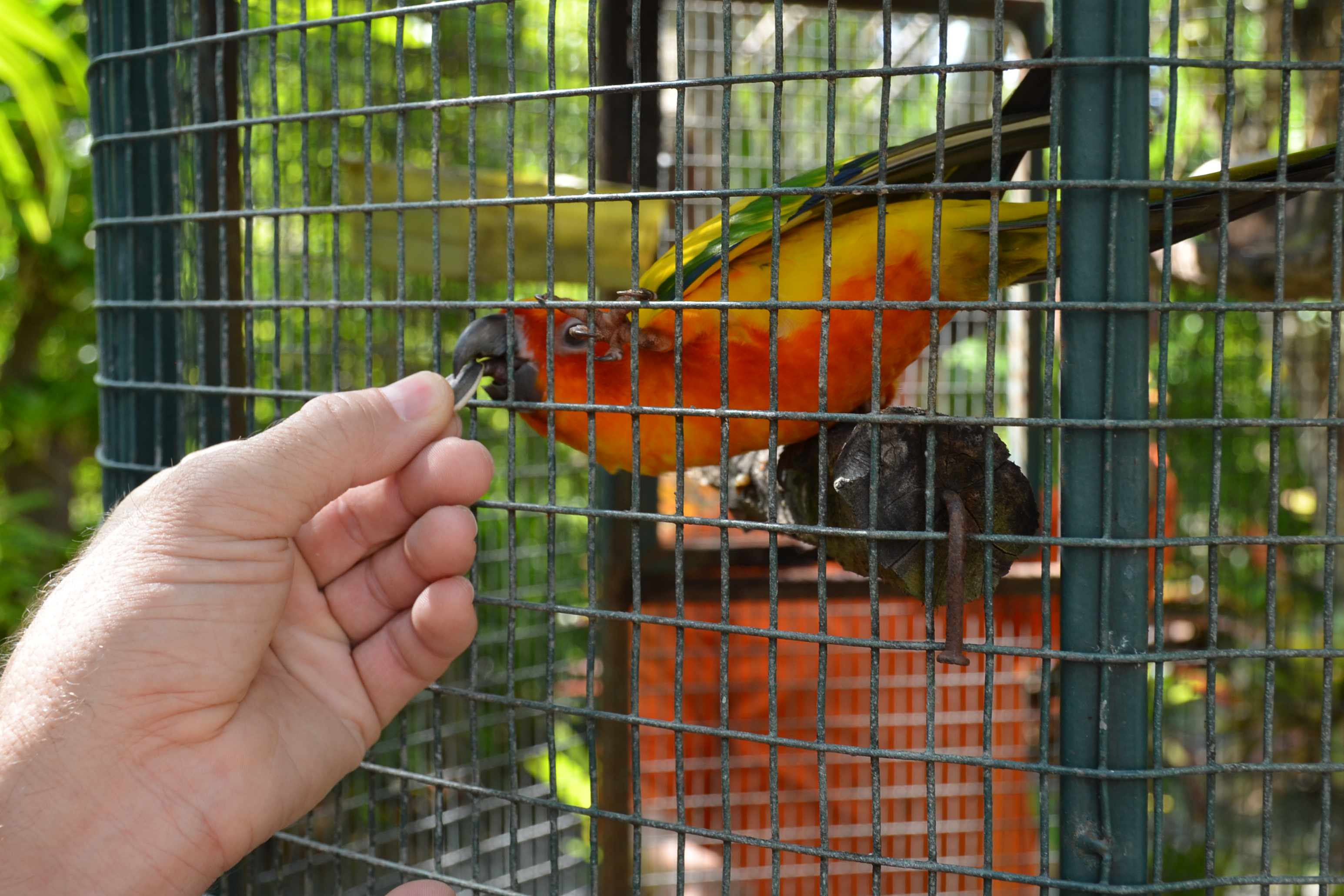
Every bird species is different, so be sure to research your species well. However, many pet species do well on a pellet-based diet supplemented with an ever- changing mixtures of other interesting fruit and veggie nibbles to keep things interesting. Darker-coloured fruits and leafy greens are great choices. You can also feed your bird a seed mix, but be sure to choose a nutritionally balanced mix and keep an eye on whether your feathered friend is just picking out the tasty ones!
Sungrow Parrot Chew Toy |RRP: $17.95 | Now: $12.95 | Save: $5 at Chewy
Keep your feathered friend entertained with the SunGrow Parrot Chew Toy. These rainbow wood foraging blocks provide your beaked buddy with plenty of mental and physical activity.
7. Bird brains and human brains share a similar structure
Although many bird species can vocalise, the parrots are the best at it. And of the parrots, it’s the African grey that has shown to be exceptionally clever. In addition to their vocal talents, African grey parrots have shown that they can be trained by scientists to use our language to communicate their own desires, count, add and subtract, solve puzzles and describe their environment. Other species can also fashion and use tools – all of these are talents that are matched only by primates.
So why are parrots so clever?
The answer lies in the physiology of the parrot brain. Neuroscientists have discovered that parrots have a similar structure in their brain to that of our own called the pontine nuclei. This links two parts of the brain that are involved in higher function, allowing parrots to access higher levels of intelligence. Amazingly, the only other animals known to have this structure are primates.
However, other bird species that don’t have this part of the brain have also shown exceptional intelligence. Scientists think that this may be due to the physical structure of the bird brain that packs more neurons per square inch than the mammalian brain.
8. If you don't have a lot of space, get a small bird
Finches are some of the smallest birds to keep – most measure just ten centimetres (four inches) from beak to tail.
9. Or, if you have the space, get a big one
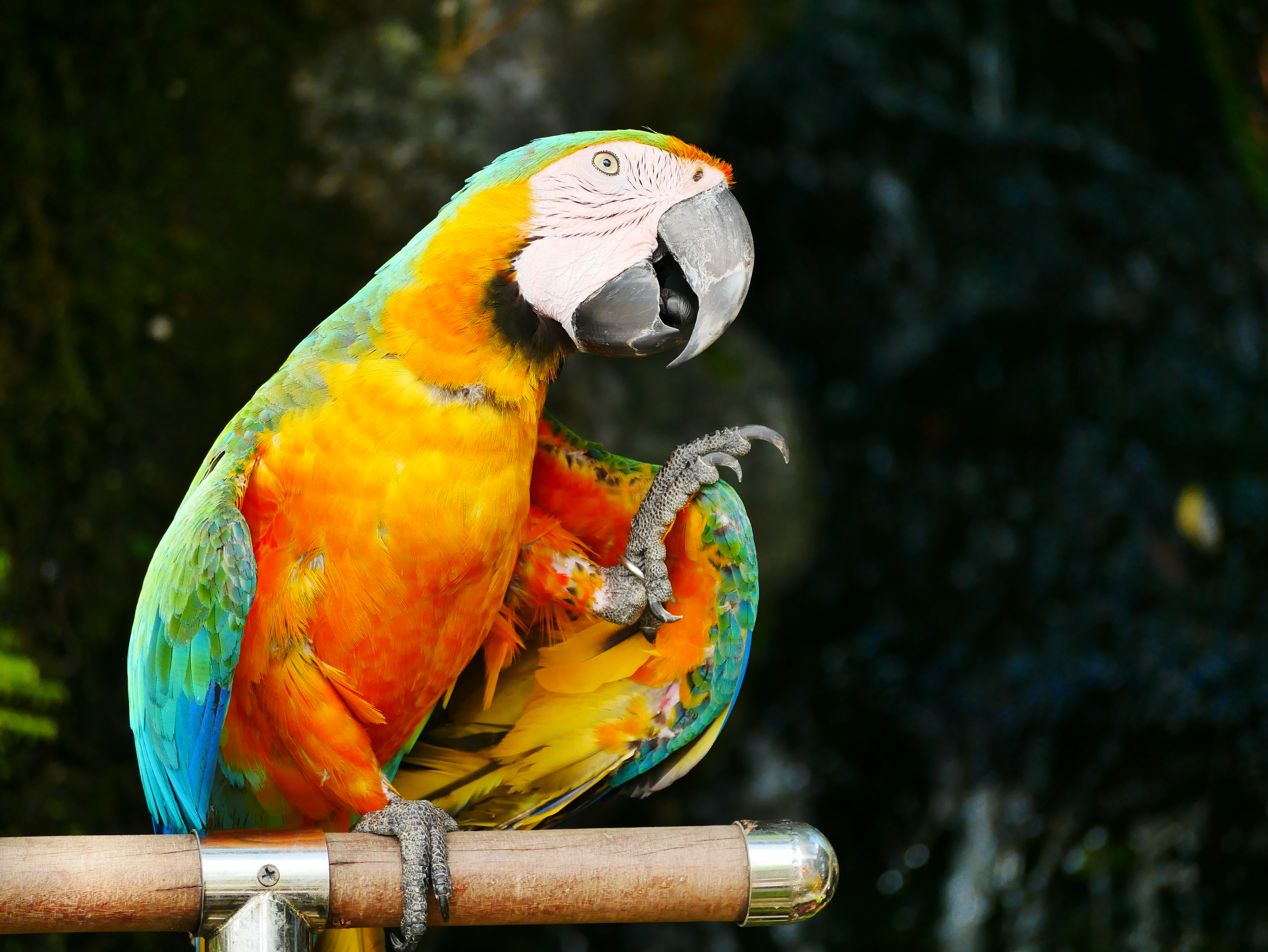
There are over 370 species of parrot on Earth, and the largest species is the hyacinth macaw - they can be over 3 feet long! Parrots are definitely larger than finches, but you can get one that's smaller than the hyacinth macaw, we promise.
10. The difference between parakeet and budgie
Surprise - there is none! They’re the same, but in the UK we call them budgies whereas across the pond, they’re parakeets.
11. Birds love music
Playing soothing and melodic tunes and sounds can help keep your birds happy - sometimes they may even bop or sing along to the beat! Test out different types of music to see which one your pet bird prefers - maybe they're more partial to classic, or perhaps a bit of disco.
12. Birds are very expressive creatures
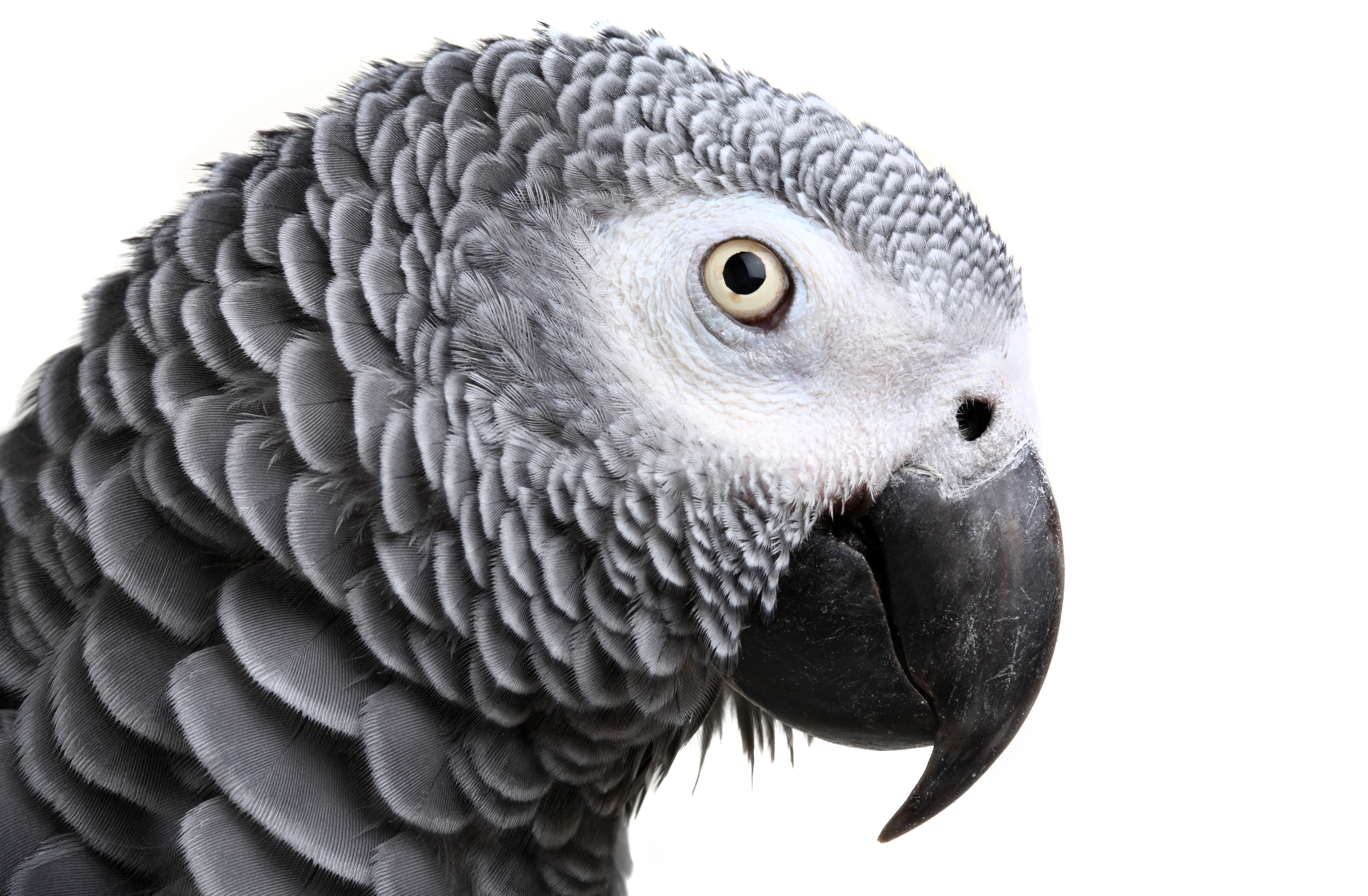
Birds communicate in two ways – with sounds and with body language, so they can make it quite obvious when they want to let us know how they’re feeling. Watching and learning a few of the key stances can help you understand your parrot’s different moods!
Feather fluffing can be a release of tension, or it can shake loose any particles after preening, however if you notice your bird’s feathers are ruffled more than usual, this may be a sign of illness. Pet birds will often try to get your attention when they want something by doing a sort a bobbing dance – this is a normal behaviour, but if you see it excessively this can mean that your bird might be bored or stressed. Parrots will show aggression by making a stance where feathers are fanned, legs are crouched and they may even hiss. It’s best to leave them be when you see this! Fear can often be expressed this way.
Excitement is shown by squawking, wing quivering and sometimes with dilation of the pupils. Birds can get very excited when they see new toys, tasty food or when they want to breed.
JW Pet Activitoy Birdie House of Mirrors Toy, Small/Medium |RRP: $5.96 | $4.89 | Save: $1.07 at Chewy
JW Pet Activitoy Birdie House of Mirrors Toy provides hours of mesmerizing entertainment for both you and your pet. This bird-size funhouse mirror shows all your bird’s best sides with three captivating reflections.
13. Some birds love their own reflection
Isn't that vain? Nah, not really, it's more about socialization. Budgies are highly sociable and sometimes single budgies will treat their reflection as a mate. Aww!
14. Birds have fragile respiratory systems
Birds have sensitive respiratory systems, so be careful not to smoke around them or burn candles or other things that emit volatile or specially pungent compounds. Keep those airways healthy!
15. Parrots mate for life
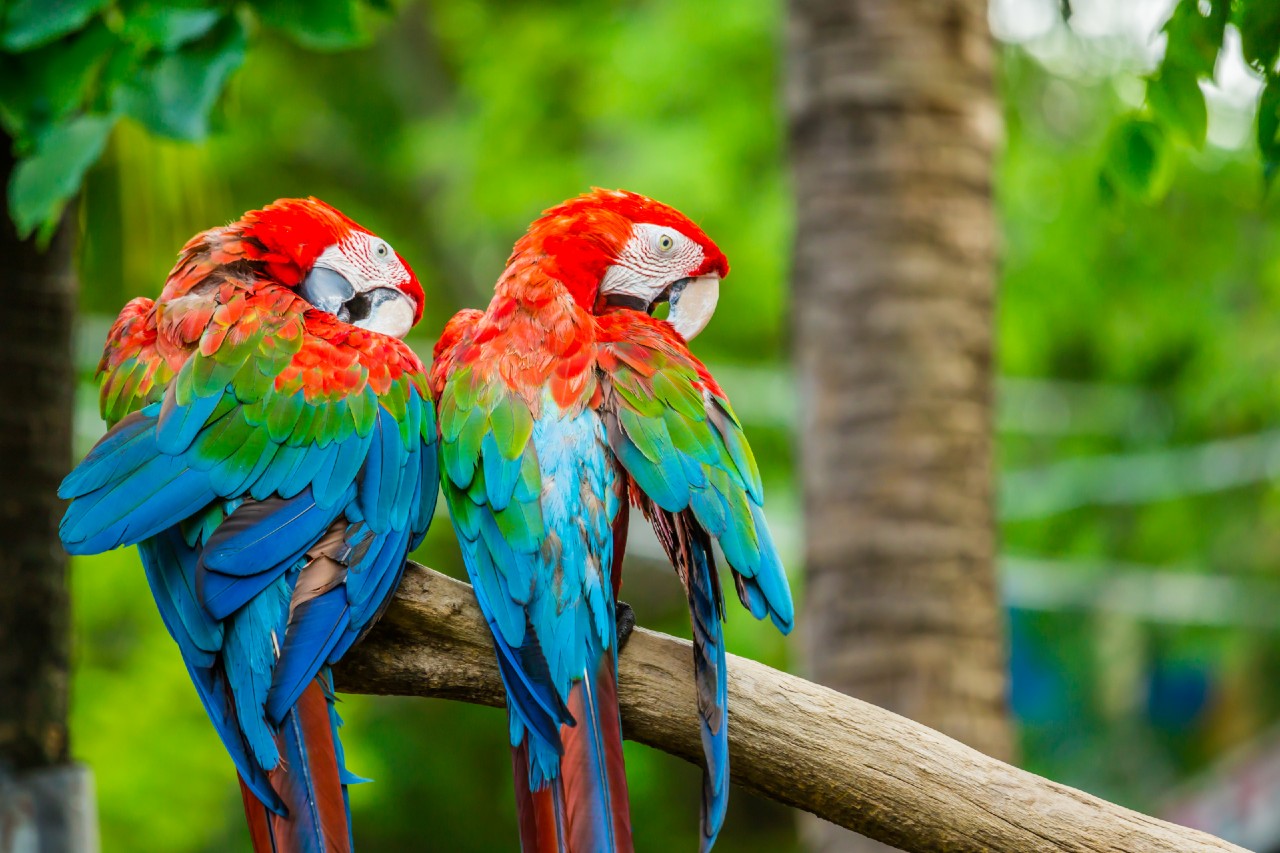
They're not unlike people in that way, huh? In the wild, many parrots mate for life. This is why bonding with your bird is very important! They treat relationships with great care, so you should too!
16. Choose the right species for you
Before getting your first bird, it’s essential to consider how much time and money you have, and what you want from your new pet – some species require much more attention than others.
Great pets for beginners include finches and canaries, as these are small birds that are relatively simple to care for – they don’t need a huge amount of owner interaction and can be fairly low maintenance (although it’s worth saying that all birds require some level of interaction)
If you have a little more time, then budgies and cockatiels are ideal choices as they’re still quite small birds and are easy to tame, but make excellent companion species. Its fairly true that the larger the bird, the more care it needs, so if you have lots of time and energy to dedicate to a pet that needs a lot of interaction, then larger parrots like macaws can be fantastic companions.
17. Beak grinding is good
When budgies grind their beaks, it’s similar to a cat’s purr, indicating that they’re happy and relaxed.
18. Grooming your bird can help build bonds
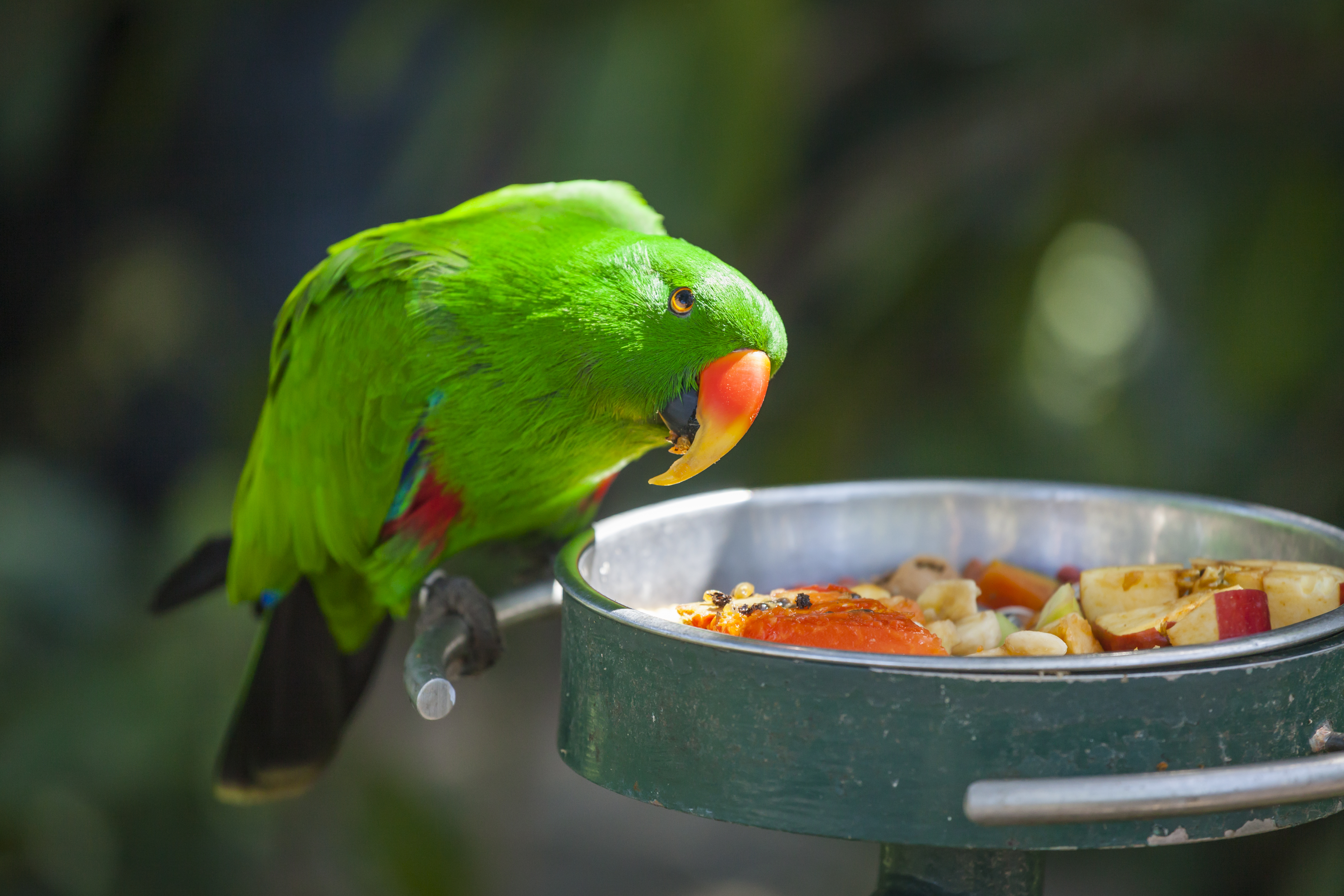
Your pet bird will preen themselves to keep in shape, ensure feathers are fluffed and beaks are shiny. However, as grooming is how birds express familial bonds in the natural world, its a great way to bond with your avian pal. Getting them used to grooming also means that any other interaction (and vet trips) results in less nipping. You could start by helping to pluck a few pesky pinfeathers for your bird, and see whether they enjoy it.
One essential grooming task is nail clipping. This important for fewer scratches when handling and also for keeping furniture intact! Most birds aren’t keen on this though, so it’s important to work quickly and calmly to minimise any stress on the bird. Every so often your bird may also need a beak trim, but this should only ever be done by a trained vet. Another aspect of grooming is wing- clipping. This is your choice, and there are many pros and cons. Some argue that it keeps the parrot safe from flying away, but limiting the natural movement of a bird can affect it psychologically and may also lead to weight issues due to limited exercise from flying.
19. Birds like to be warm
Most pet bird species hail from warmer climates, so need extra care in the winter. Be sure to keep avian family members toasty by moving cages away from draughty doors and windows, and covering them up at night. Also be very careful with fuel-burning fires as the fumes they produce can be detrimental to bird health. Keep an eye on your bird when it’s cold outside and look for any signs of illness, as a chilly bird has a weakened immune system.
20. There are some essentials to get for a pet bird
The key accessories for every pet bird are the same: start with a suitable sized cage for your chosen species. Add some interesting perches and toys to keep your feathered friend entertained, and be sure to provide toys and other items for enrichment. You’ll also need a box or hidey-hole to give your bird a place to rest out of sight. Be sure to have fresh water available at all times, as well as the right food for your bird buddy!
Dave has over 20 years experience in publishing during which he launched many successful magazine titles including How It Works, All About Space and All About History. He’s also pet parent to a retired police dog called Rebel, who can’t work anymore due to a health condition. When’s not busy trying to amuse a boisterous, three-year-old German Shepherd, Dave's the Editor on PetsRadar.
